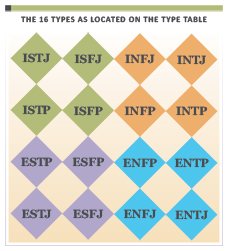Parenting and Personality Type: The Myers-Briggs Company Podcast with Dr. Yvonne Nelson-Reid
People Stripes is proud to share The Myers-Briggs Company Podcast on parenting and personality type, featuring Dr. Yvonne Nelson-Reid, our in-house Type expert. In this episode, Dr. Nelson-Reid dives into the most commonly asked questions about personality type and parenting.



_thumb.png)





.png)








